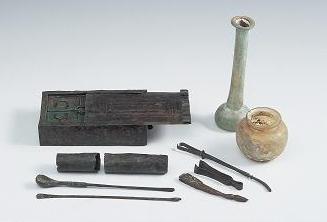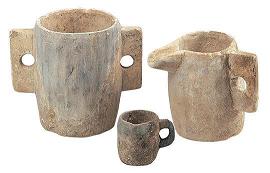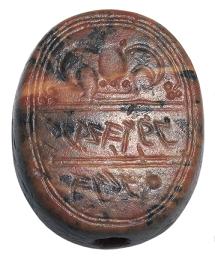 Mosaic floor of the exhibition
Mosaic floor of the exhibition
This exhibition presents the production and research methods of seven ancient crafts and industries, which enables us to understand how objects were manufactured in ancient times.
At the center of the exhibition is a mosaic floor from an ancient synagogue from "The House of Leontis" in Beth-Shean. Leontis is mentioned in an inscription in the mosaic.
The 1,500-year-old mosaic is decorated with figures of animals, and includes a central medallion depicting a seven-branch menorah, above which 'Shalom', the Hebrew word for peace, is written. The exhibition includes an explanation of ancient mosaic art, stressing the technological aspects involved in its production. The mosaic is surrounded by stone benches, reminding one of the structure of the ancient synagogue, which served as a place of assembly for the community.







